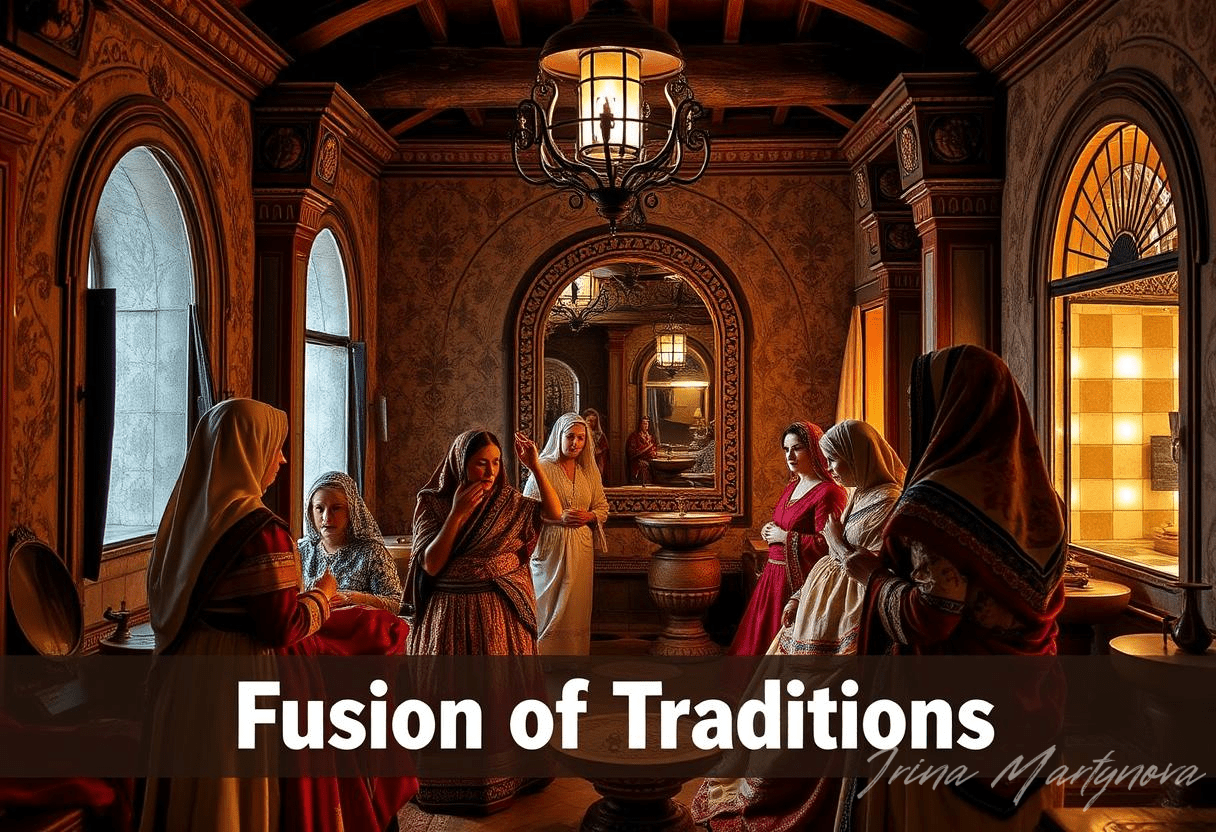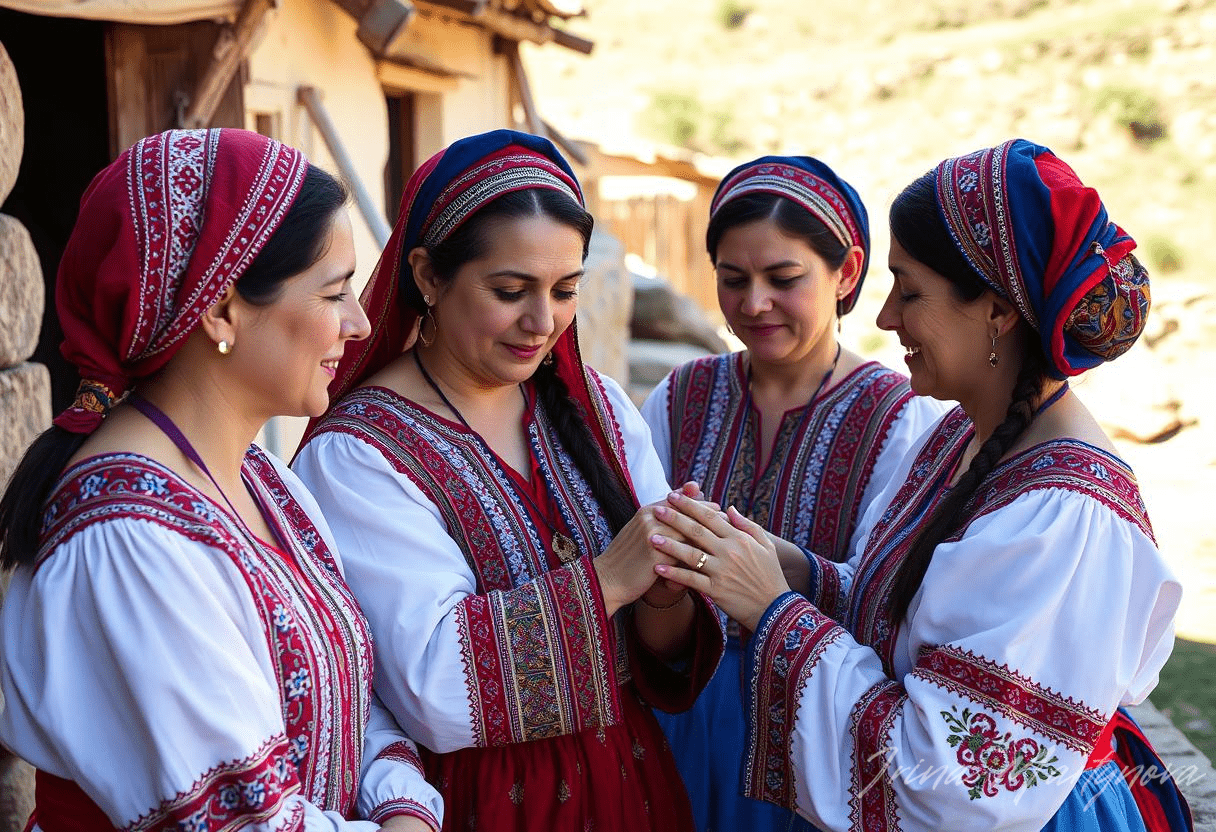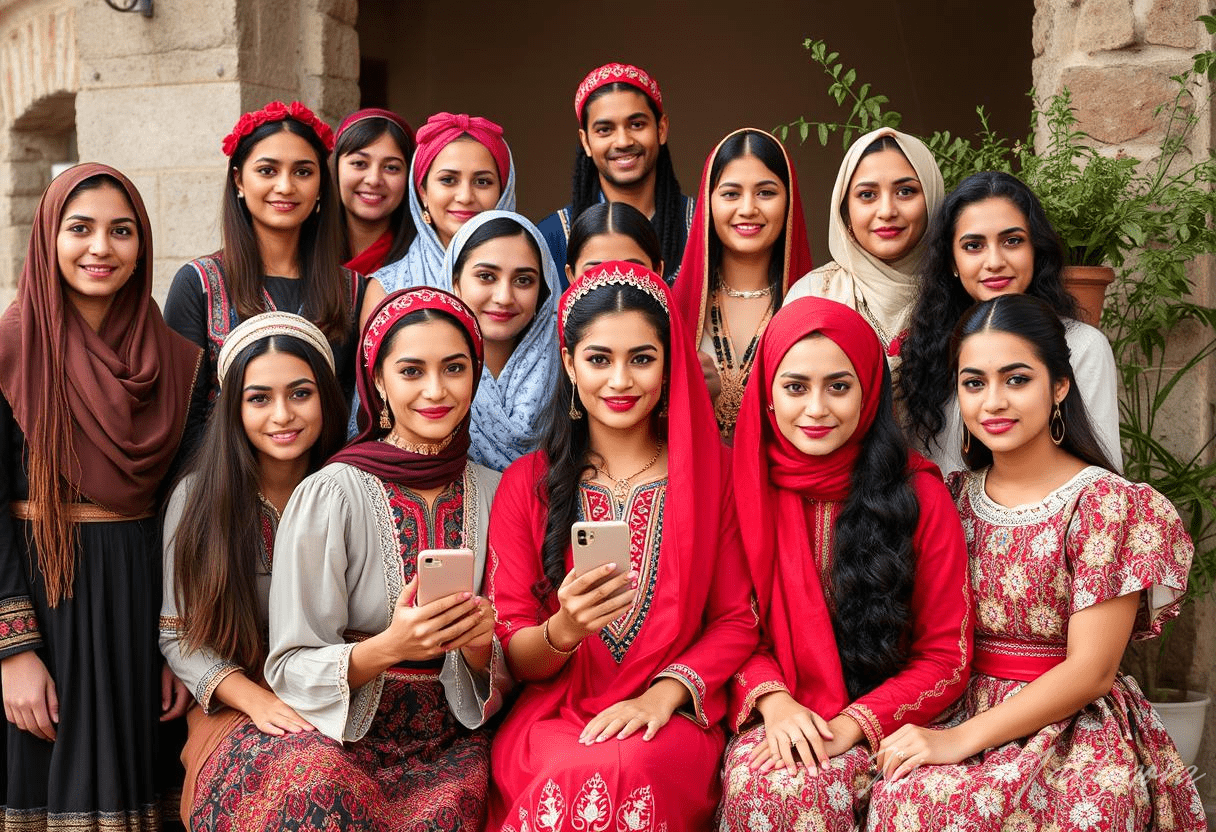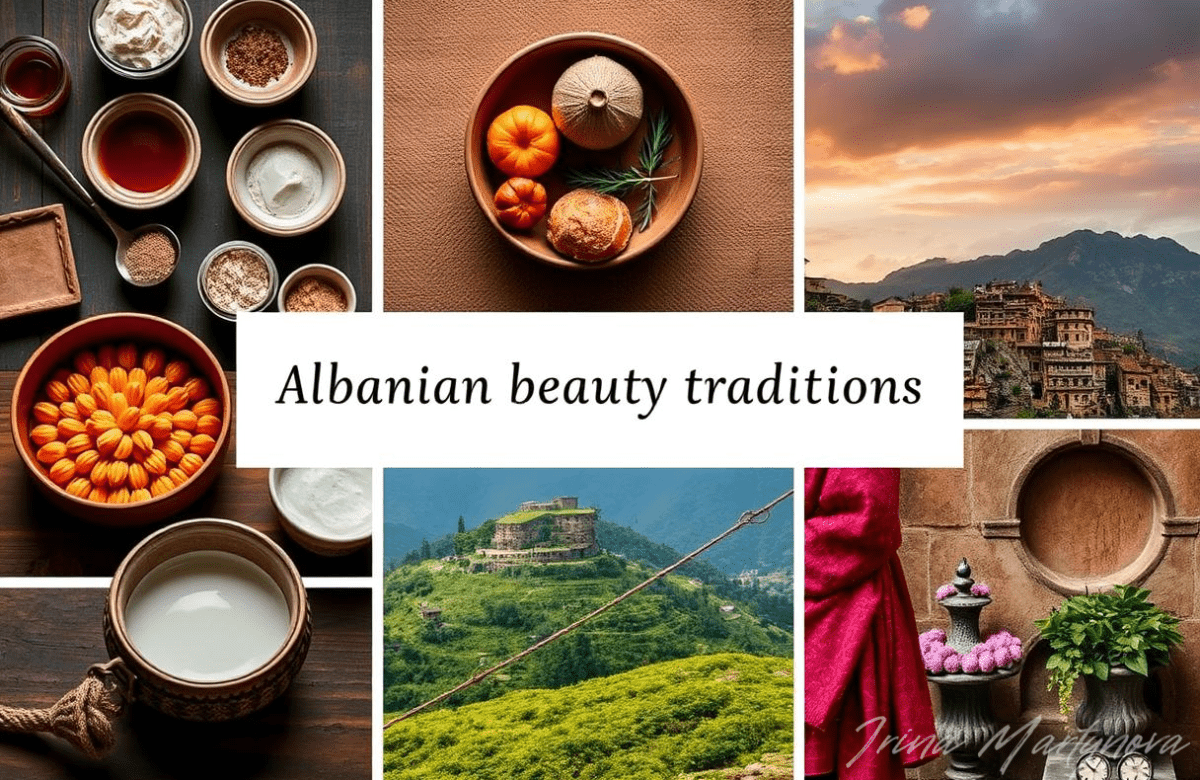12 Insights into Albanian Beauty Traditions: Uncovering Timeless Cosmetic Secrets
Uncovering the Essence of Albanian Cosmetic Traditions
In the fascinating world of beauty and personal care, Albanian beauty traditions stand as a remarkable testament to the cultural and historical complexities that shape regional aesthetics. These traditions have developed over centuries of cultural intermingling and geographical influences, leading to a rich tapestry of practices that continue to inspire modern beauty trends. Understanding Albanian beauty traditions provides insight into the natural ingredients, techniques, and cultural significance that underpin these time-honored practices.
Historical Background of Albanian Beauty Traditions
Ancient Beauty Practices
The origins of Albanian beauty traditions can be traced back to ancient times, where the early influences of neighboring civilizations and the Mediterranean climate played pivotal roles. The geographical position of Albania, nestled along the Adriatic and Ionian seas, introduced a rich variety of natural resources that facilitated the development of unique cosmetic practices. These early influences paved the way for what would become deeply rooted beauty customs in Albanian culture.
Ancient Albanian beauty methods often reflected the emphasis placed on using locally sourced ingredients. Herbs, minerals, and aromatic oils indigenous to the region were skillfully incorporated into daily regimens. This reliance on indigenous resources was not only practical but also ensured sustainable use, a practice still valued today.
Cultural Evolution Through the Ages
The evolution of Albanian beauty customs is a fascinating narrative of cultural adaptation and transformation. During the medieval period, Albanian beauty practices began to reflect the confluence of various cultures, notably the Byzantine and Slavic influences, which introduced new techniques and ingredients. Over time, these exchanges heralded changes that modernized and enriched traditional beauty practices.

The Ottoman Empire significantly impacted Albanian beauty standards, merging Eastern aesthetics with existing traditions. This period introduced bathhouses or ‘hamams,’ where elaborate beauty rituals were common. Later, European influences further diversified these practices, laying the groundwork for the integration seen in contemporary times.
Key Elements of Traditional Albanian Beauty Regimens
Natural Ingredients and Herbal Remedies
Herbal remedies handed down through Albanian oral tradition have remained integral to beauty regimens. Prominently featuring are olive oil, lavender, and honey, revered not only for their restorative properties but also for their accessibility. These natural ingredients continue to be celebrated for their effectiveness and align with global trends favoring organic products.
Traditional beauty practices are imbued with cultural wisdom, utilizing simple yet potent natural elements. The ubiquitous use of lemon, for example, in skin treatment bears witness to this tradition’s long-standing efficacy. Such herbal remedies have spanned generations, embodying resilience and continuity.
Traditional Techniques and Tools
Many ancient tools associated with Albanian beauty routines remain in use today, serving as a link to the past. The ‘qilim,’ a traditional woven mat, often associated with physical grooming, imbues beauty rituals with a cultural narrative that is both practical and symbolic. Similarly, traditional tools for haircare and skincare have been preserved through the ages, exemplifying their timeless value.
Techniques such as gentle massage and aromatic therapy underscore the importance of holistic approaches. Skincare and haircare practices involve intricate methods geared towards harmonizing body and spirit—a testament to the depth and breadth of Albanian beauty customs.

Symbolism and Social Significance
Beauty Rituals and Social Identity
Albanian beauty traditions are inextricably intertwined with social identity, reflecting cultural values and communal harmony. Beauty rituals often serve as rites of passage, symbolizing transitions such as coming of age or marriage. This social context adds layers of symbolic meaning to beauty practices, elevating them beyond mere aesthetic endeavors.
Particular rituals, like the pre-wedding spa day, illustrate how beauty traditions fortify social bonds and reinforce shared cultural experiences. Such practices emphasize unity, continuity, and identity within the Albanian community, highlighting the profound societal role of beauty.
Gender Roles and Beauty Expectations
Gender roles within Albanian beauty practices have evolved significantly over time. Traditionally, beauty obligations were predominantly placed upon women, mirroring broader societal roles. However, contemporary perspectives are shifting towards a more inclusive understanding of beauty beyond gender constraints.
This evolution reflects broader changes in societal views towards gender roles and contributes to ongoing discussions about beauty standards. Today, there is a burgeoning acceptance of diverse beauty ideals that resonate with modern global movements toward inclusivity.
The Revival of Albanian Beauty Traditions in Modern Trends
Global Influence and Popularity

The global spread of Albanian beauty traditions can be attributed to the dynamic interplay of media and globalization. Social media platforms, in particular, have played a substantial role in popularizing these traditions, bringing them to the attention of global audiences. This integration of Albanian beauty customs into worldwide trends showcases their timeless appeal and adaptability.
Moreover, influencers and beauty experts, such as Irina Martynova, a certified cosmetologist and doctor based in Tirana, contribute to the proliferation of these practices. Offering professional rejuvenation treatments and personalized consultations, Martynova illustrates how traditional practices can find modern articulation. For those interested in delving deeper, she provides services via phone or WhatsApp at +355 692 087 129, or through her website at botoxtirana.com.
Modern Adaptations and Innovations
The revival and reimagination of Albanian beauty traditions within contemporary contexts illustrate cultural resilience. By blending traditional methods with modern innovations, these practices have ushered in a new era of beauty that celebrates heritage while embracing innovation. Today, beauty enthusiasts worldwide find inspiration in Albanian customs adapted to fit modern lifestyles.
This fusion demonstrates the potential for traditional concepts to evolve and adapt without losing their core essence. The future of Albanian beauty traditions promises continued exploration and innovation, while still honoring the cultural roots that make them unique.
Conclusion
Exploring the essence of Albanian beauty traditions underscores the intricate blend of history, culture, and modern innovation. These enduring customs, rooted in natural ingredients and time-honored techniques, continue to influence contemporary beauty practices worldwide. Engaging with Albanian traditions not only enriches our understanding of cultural dynamics but also highlights their ongoing relevance in today’s global beauty landscape.
Note to editors: For further resources or to embed related content, consider linking to articles exploring how traditional beauty practices from various cultures have been integrated into modern beauty standards.
Explore more about cultural preservation at UNESCO.

